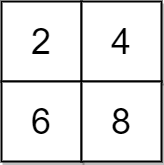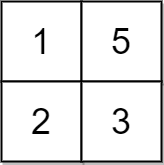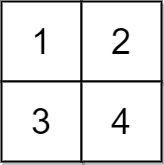Reversing an integer means to reverse all its digits.
- For example, reversing
2021gives1202. Reversing12300gives321as the leading zeros are not retained.
Given an integer num, reverse num to get reversed1, then reverse reversed1 to get reversed2. Return true if reversed2 equals num. Otherwise return false.
Example 1:
Input: num = 526 Output: true Explanation: Reverse num to get 625, then reverse 625 to get 526, which equals num.
Example 2:
Input: num = 1800 Output: false Explanation: Reverse num to get 81, then reverse 81 to get 18, which does not equal num.
Example 3:
Input: num = 0 Output: true Explanation: Reverse num to get 0, then reverse 0 to get 0, which equals num.
Constraints:
0 <= num <= 106
Solution: Math
The number must not end with 0 expect 0 itself.
e.g. 1230 => 321 => 123
e.g. 0 => 0 => 0
Time complexity: O(1)
Space complexity: O(1)
C++
|
1 2 3 4 5 6 7 |
// Author: Huahua class Solution { public: bool isSameAfterReversals(int num) { return num == 0 || num % 10; } }; |


